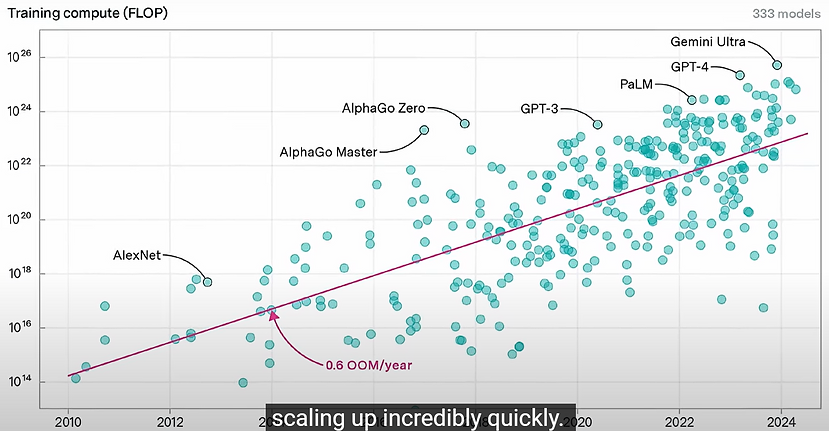LLM

Exploring the Differences in AI Language Models
Introduction: Artificial Intelligence (AI) language models have made remarkable strides in recent years, transforming the way we interact with technology and revolutionizing natural language processing tasks.
Among the cutting-edge models, Claude, Gemini, and GPT have garnered significant attention for their advanced capabilities and unique features. This article aims to provide a comprehensive overview of these models, highlighting their differences, strengths, and potential applications.

GPT, Generalized Pre-trained Transformer Model was developed by OpenAI and is one of the most renowned AI language models. GPT models have demonstrated exceptional performance across various natural language processing tasks, including text generation, language translation, and sentiment analysis. Features:
-
GPT models are trained on vast amounts of text data, allowing them to capture intricate language patterns and generate coherent responses.
-
GPT models excel in capturing contextual information, enabling them to generate responses that align with the input and maintain coherence.
-
GPT models can be fine-tuned on specific tasks with comparatively smaller datasets, making them adaptable to various downstream application.
Applications:
-
GPT models are widely used for generating text content, including article writing, storytelling, and creative writing.
-
GPT models can be fine-tuned for language translation tasks, facilitating cross-language communication and localization efforts.
-
GPT models have shown proficiency in analyzing sentiment and emotion in text, making them valuable for social media monitoring, brand reputation management, and market research.
Conclusion: LLMs epresent significant advancements in the field of AI language models, each with its unique strengths and applications. Claude, focuses on improving conversational experiences and context understanding, while Gemini aims to bring AI capabilities to resource-constrained edge devices. GPT, on the other hand, excels in generating coherent text and performing a wide range of language processing tasks. Understanding the differences between these models can help developers, researchers, and businesses leverage their specific features to create more sophisticated and tailored AI-powered applications.